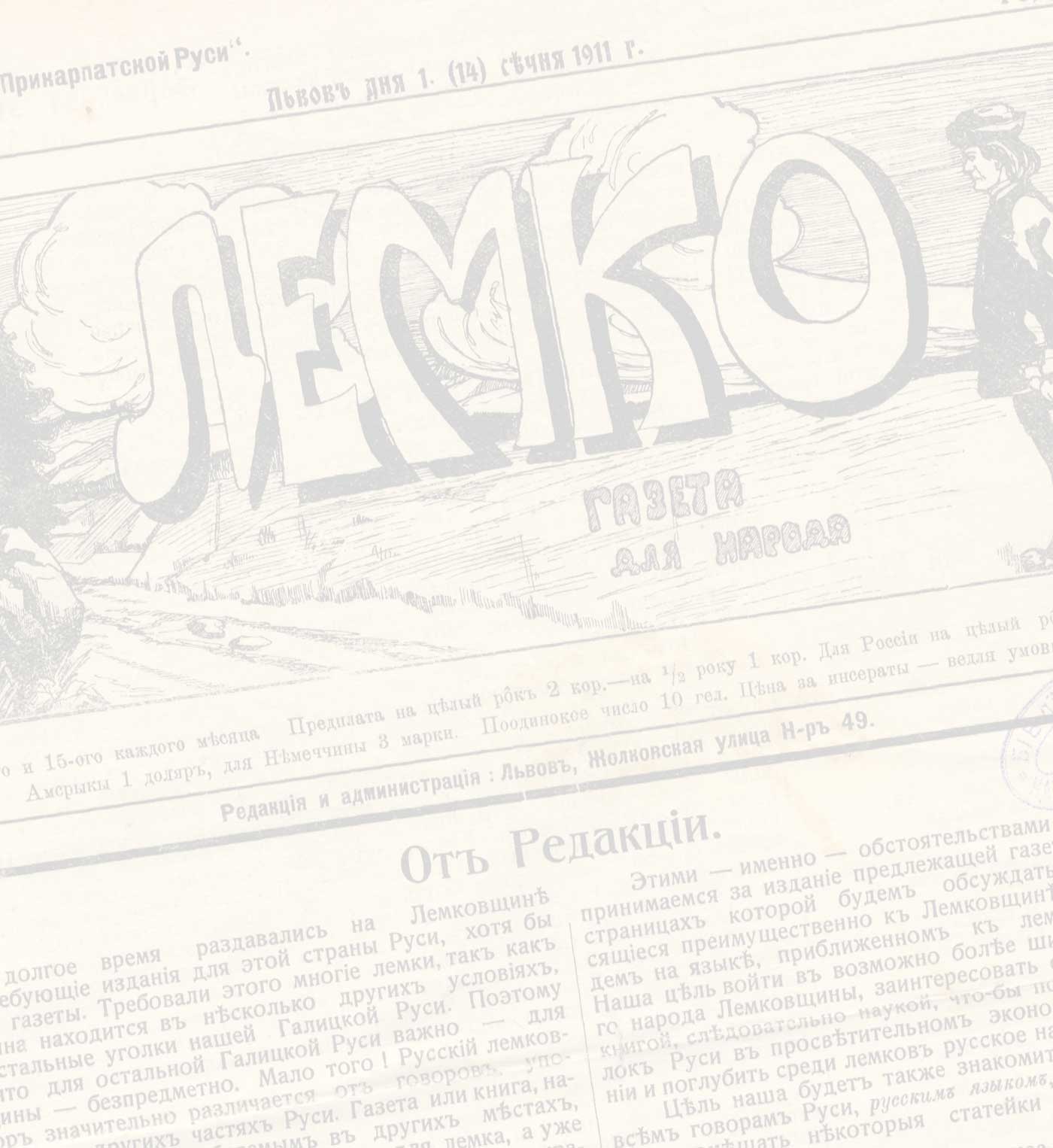
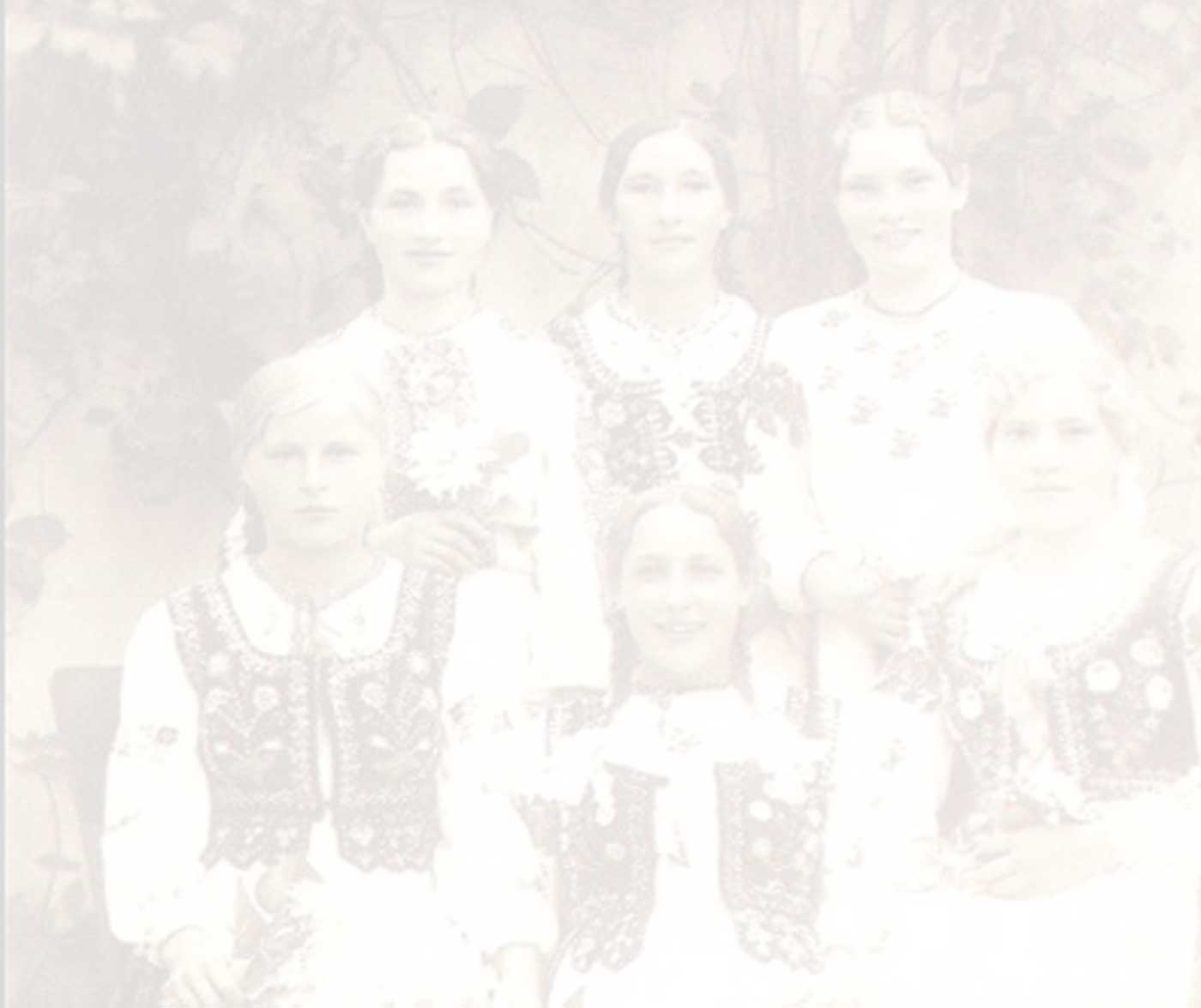
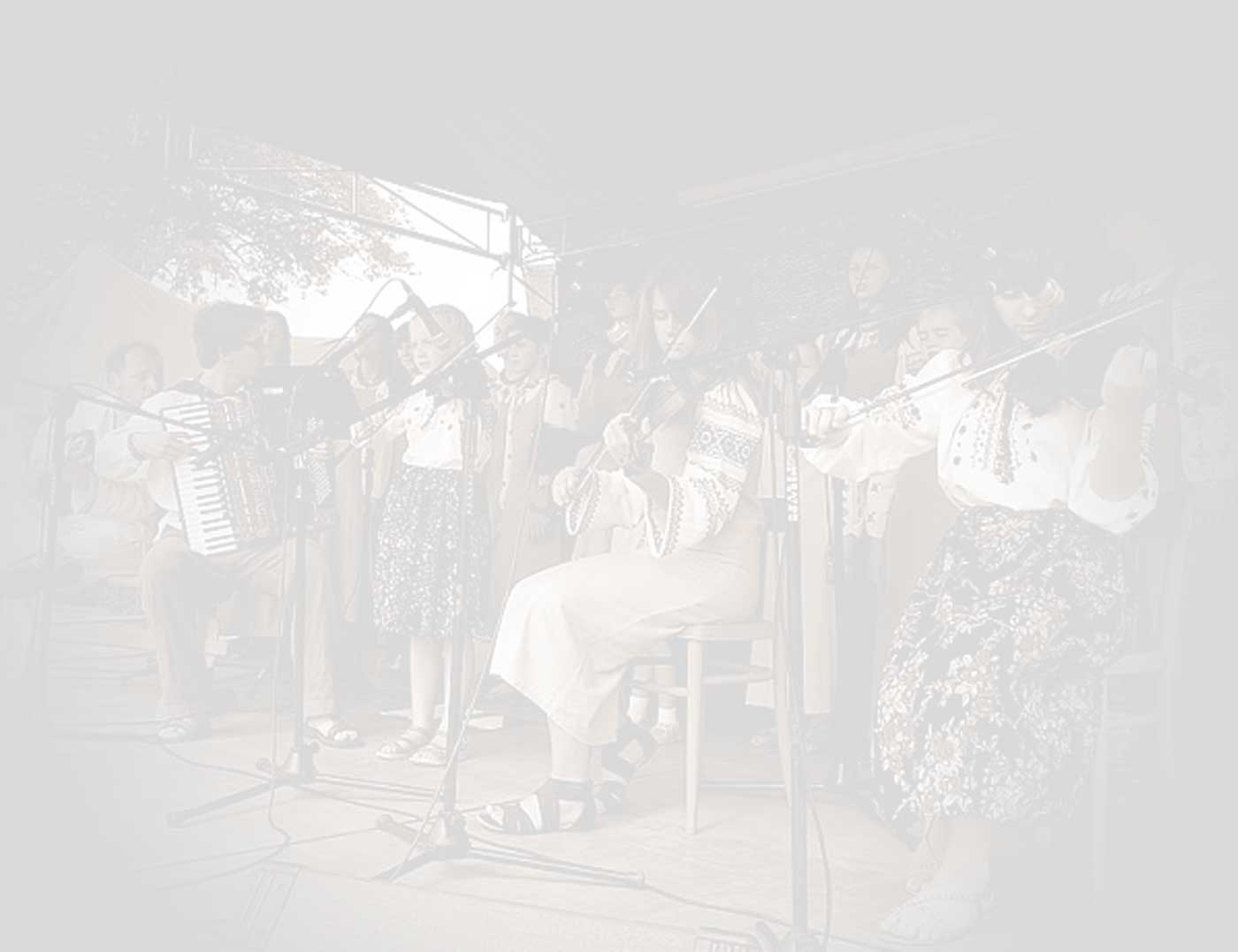
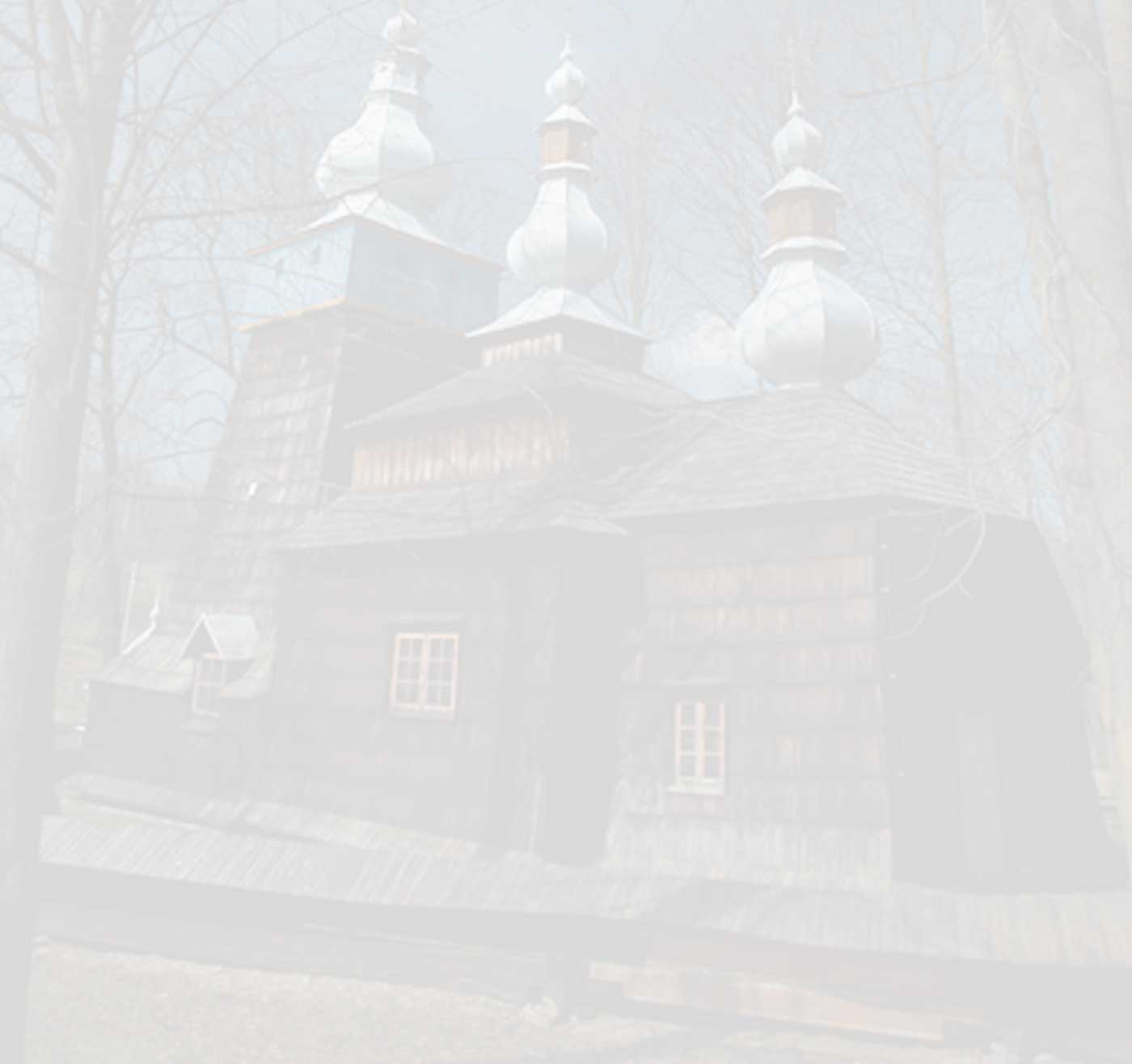






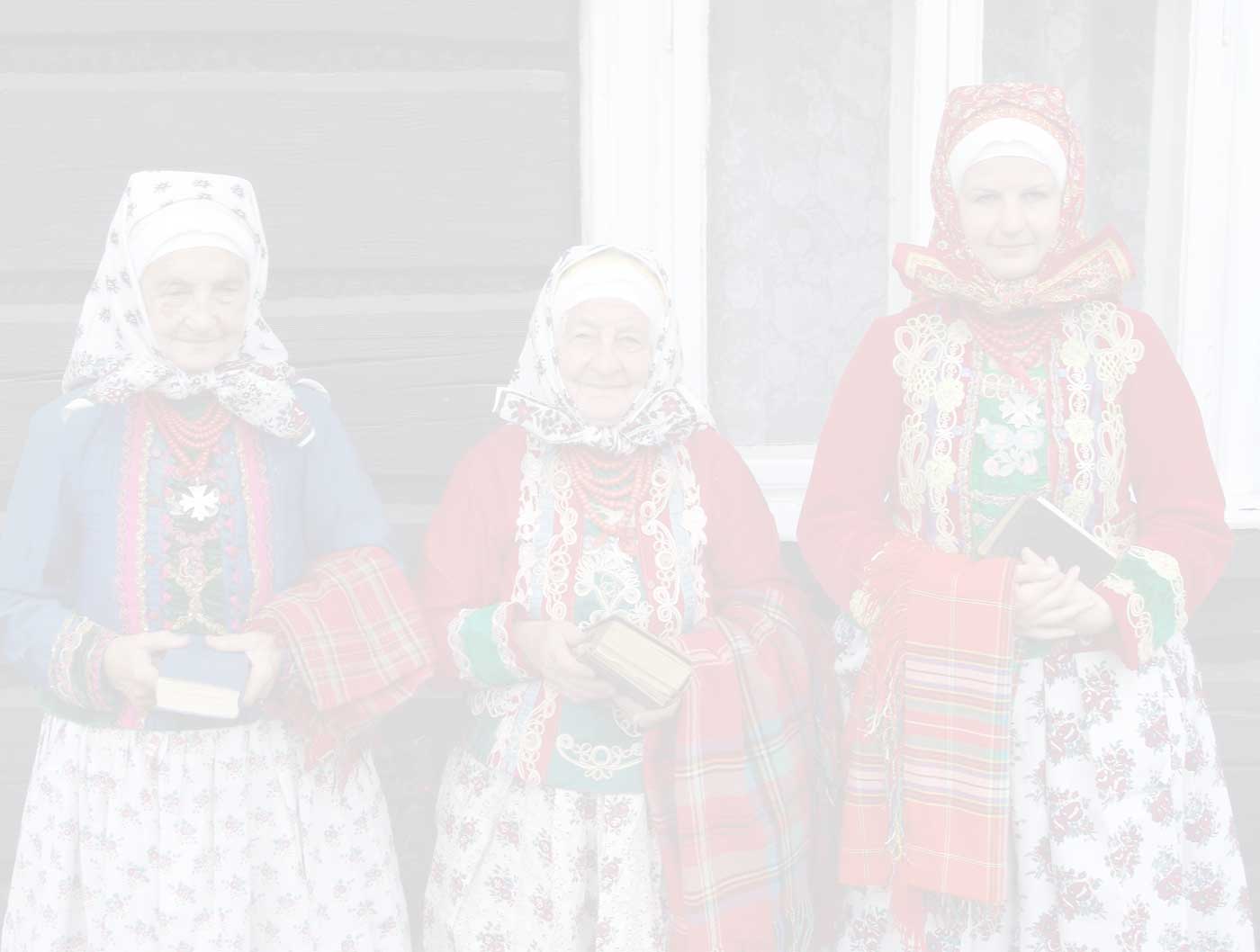
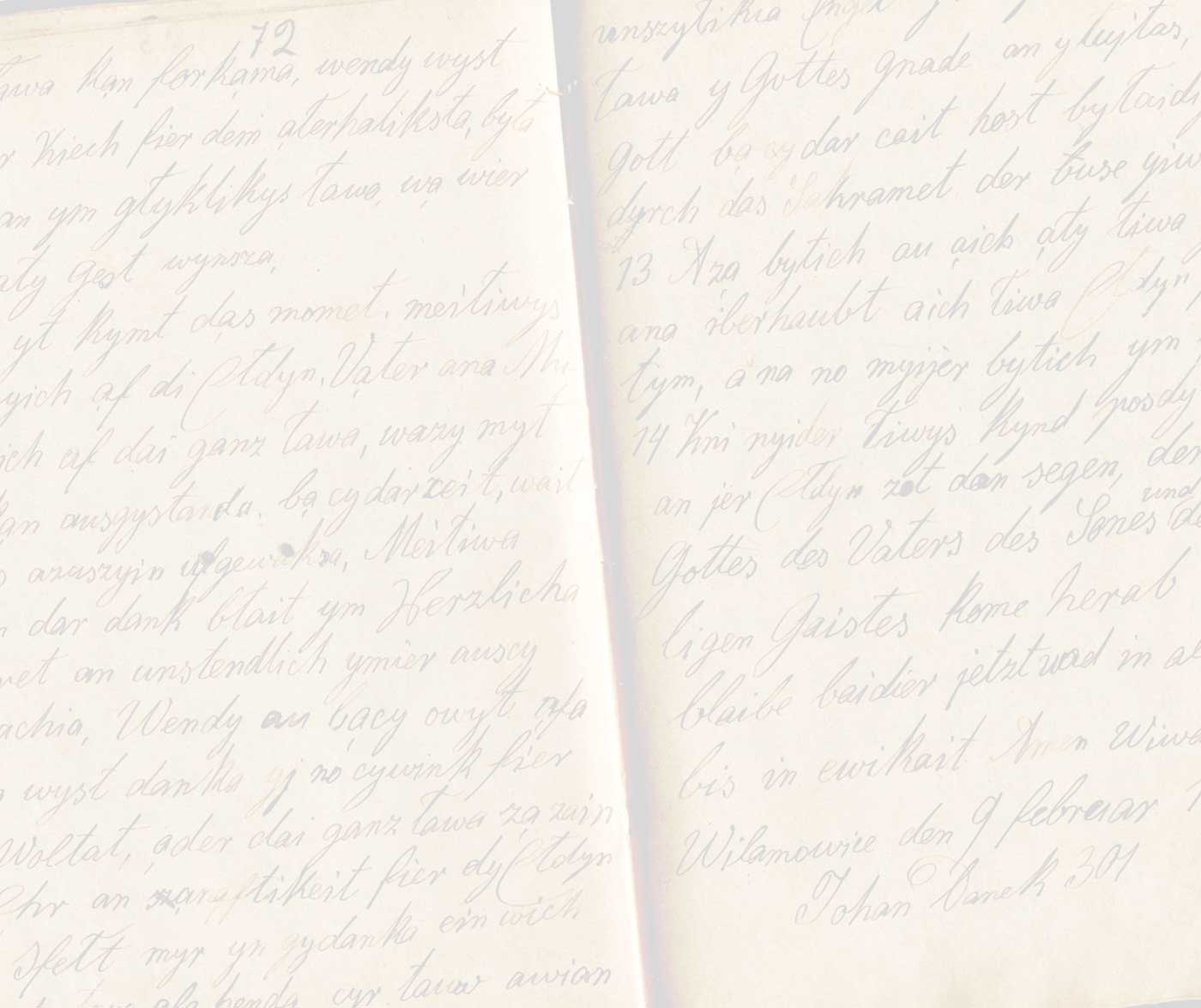












Standardization in language development
Szymon Gruda, a student of the University of Warsaw
Among the issues concerning the process of the language revitalization, the problem of standardization is particularly interesting. Most, although not all languages possessing a wide range of uses in communication, developed either spontaneously or by means of arbitrary decisions on the part of scholars and the government, resulting in some form of language norm. It appears that creating such a standard is an important, perhaps even unavoidable, factor in language development. On the other hand, in the case of many languages, even the ones which are used by a very small number of speakers, it is possible to distinguish a number of dialectal varieties, sometimes differing significantly. One must also remember that the very distinction between a language and a dialect is a conventionality; that a non-linguistic criterion is used to decide whether it is proper to speak about one language with dialectal varieties or a group of closely related languages. The dialectal (and sociolectal, etc.) diversity of a language is, in fact, an important part of its wealth and beauty. And from this perspective, the process of standardization, which demands choosing from the features of various dialects may constitute a threat to this wealth.
Societies have different ways of dealing with the problem of language standardization. At some point in their history, most modern nations and linguistic communities have developed a standard or "literary" language. This process could have been primarily politically influenced, when the specific dialect of a political center – the main city or the king's court – became a standard for the rest of the country. But the process of standardization could have been somewhat more complex. Sometimes the influence of a single author can be so great that it determines the features of a standard language. This is the way, for example, in which standard German and Italian were influenced by specific dialects used by Luther and Dante, respectively. And some linguistic communities, for example the Norwegians, chose a completely different way of dealing with this issue, by opting to preserve and encourage linguistic diversity, and insisting on the equal importance of every variety of their language. It's worth noting, though, that even in Norway several language standards were developed and are used in a parallel fashion.
One could hardly imagine a strategy for revitalizing or even describing a language without some form of de facto standardization: dictionaries and handbooks of grammar must choose among the forms of lexical units and grammatical rules comprising the registry, which can differ significantly between various dialects, sociolects and idiolects. A researcher has to decide whether to register all known forms and varieties or choose only some; and, in the latter case, whether to describe one chosen dialect or to focus on the most representative and common features of different ones.
One of the most important factors in language development is literature. Authors also have to choose among various forms, usually picking the ones which they use themselves, if they are native speakers or the ones they perceive as the most appropriate and prestigious. These choices can be of great importance for the further development of the language: authors tend to use forms already present in the literary tradition; and employing the dialect being used by an earlier authors can have a nobilizing effect on their writing. Especially in the case of endangered languages, spoken by hundreds or thousands rather than millions of speakers, the influence of one children's book or a piece of poetry can be crucial, not to speak of the school textbooks or translations of the Bible or other religious texts. For the languages which are recently developing their own standards, a similar role is played by the mass media, which can be of even of greater importance – the press, the radio TV programs or the internet. This is the case of the Hausa language, whose literary standard, developed in the XX century, is taken from the title of a newspaper which uses it [1].
Creating a literary standard for a group of closely related dialects may seem to be a better way of revitalizing and developing them than treating each variety spoken by several dozen people as a separate language. The problem is that the standard language, once established, tends to replace dialectal forms and to influence the dialects so that they become more similar to the standard language. The use of dialectal forms can then even become stigmatized and considered "incorrect" or "rustic". In modern times, the mass media and public administration make this tendency even more significant. For example in Poland the extending of public schooling after World War II and the introduction of the television in late 1950s contributed to the disappearance of most of the linguistic diversity of Poland. In modern times, most ethnolects, with the notable exceptions of the Kashubian minority language and some dialects of Silesia and Podhale, are used mainly by elderly people. It is possible that establishing literature, elementary education or mass media in an endangered language can have a similar, or even more serious, impact on its dialectal varieties.
Creating a literary standard for an endangered language in order to develop it and save it from extinction may almost paradoxically lead to a situation in which the newly established artificial standard opresses vivid dialects, leaving them even more endangered. Although some form of standardization may be unavoidable in the process of language development, one must keep this threat in mind, and strive to establish a balance between creating a language standard and preserving and caring for linguistic diversity.
[1] The newspaper’s title is Gaskiya ta fi Kwabo, which means “the truth is worth more than a penny”, and the language standard is called gaskiyanci “the language of Gaskiya”. Nina Pawlak Język Hausa, Warsaw 1998, p. 10.